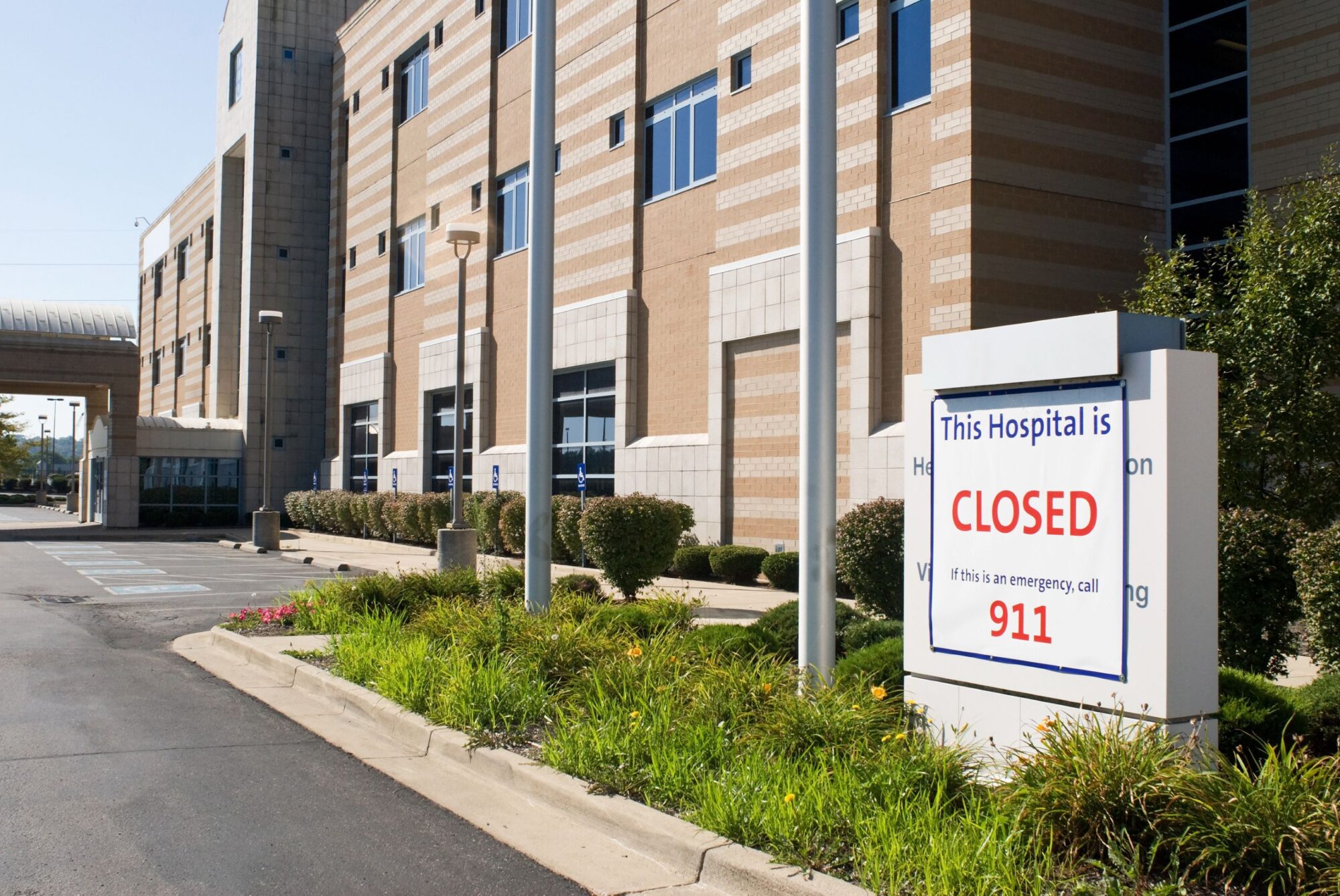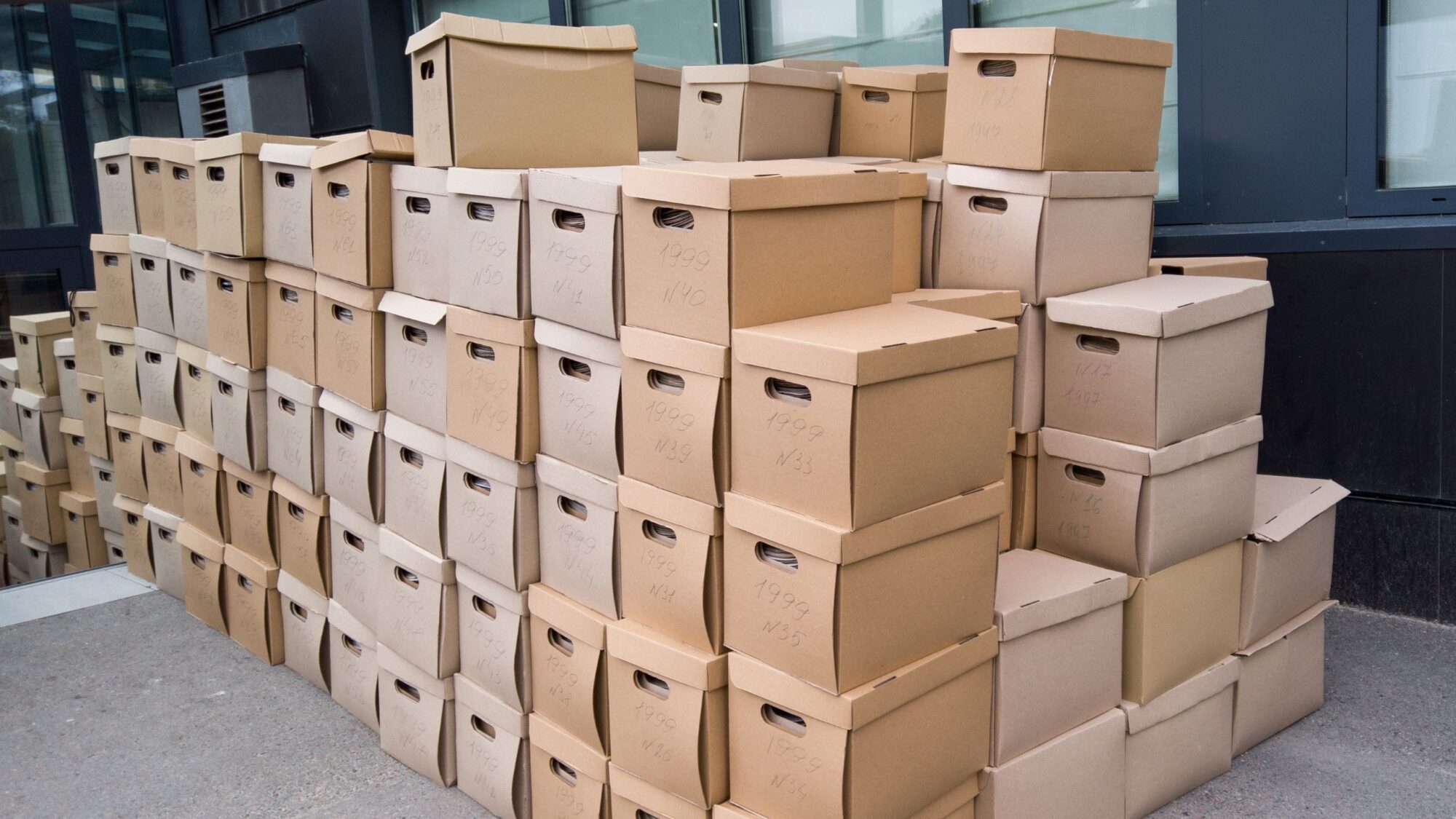If you are closing a medical facility, one of the biggest factors to consider is the handling of records on a go-forward basis. Records must be stored and managed in a HIPAA-compliant manner for many years, depending on the state where the facility is located and the type of records being managed. At Cariend we oftentimes see healthcare providers trying to handle it themselves. For larger multi-site healthcare facilities or networks, it may seem easy to simply transfer the records to another location where you have resources to manage the records. Smaller healthcare practice operators may believe they can manage the records themselves after the practice closes. Like many other DIY projects, they end up over their head, spending far too much time and money for a sub-par effort that can have serious repercussions down the road. At Cariend, we have years of experience walking companies through this process. Below, we list some questions for companies considering a DIY approach in order to make the best decision for their company.
Have you considered the potential activity for the facility, especially taking into account the impact of the operational changes?
One of the most frequent mistakes the operator of a closed healthcare facility makes is to assume the predicted activity levels will be low or that the volume of requests will diminish soon after the facility closes. The volume of records requests when a facility was operating has absolutely no bearing on the volume of records requests after a facility closes. Patients and other potential requestors had no reason to ask for copies of records when they were returning to your facility, but once the facility closes, those requestors will need their records for future activity.
Another common misconception is that once a patient receives a copy of his/her records from your closed facility, the statutory obligations end. This is not true – the provider must maintain copies of the records through the required retention date, regardless of how many times the patient may have requested copies. As a result, requests for records typically continue for many years after a practice closes, and operators of closed practices should not underestimate this factor or the risks and liabilities associated with managing the records themselves.
With all the financial pressures to reduce costs and headcount, do you really want to place more strain on other resources in your organization for a non-revenue producing function that could easily be outsourced to a qualified provider?
Hospital networks or multi-site clinics that move the records management obligations to another facility in their network as a result of closure or consolidation from acquisitions should consider the true impact of this decision. As financial pressures drive healthcare operators to constantly look at headcount and costs, adding record sets from closed facilities to other HIM teams can lead to carrying extra HIM resources, for record sets that may not even drive future revenue for your organization. Even if your hope is for patients of the closed facility to reappear at one of your other facilities, you can still easily outsource the management of the closed facility records and have the patients direct the records custodian to send their records to your nearby facility as needed. This avoids waste on any resources on patients that never visit your other facilities.
Have you considered the benefit of a write-off and opportunity to clean up your P&L for many years?
There is an often overlooked, yet significant, financial benefit to consider for medical businesses that are acquired, shut down, or experience retiring physicians. After a change in control or operating status, managing records through the statutory retention carries some type of cost, regardless of who manages the records. By selecting a qualified Custodial Records partner and prepaying for the entire lifecycle of those records upfront, you have the opportunity to write off all of the future records management costs at the point of the transaction. The result is that your operating margins going forward carry none of the costs to manage the legacy records – achieving better ongoing profitability, while eliminating the risk, hassle, and cost variability associated with managing the records on a monthly basis. Your P&L statement and your HIM resources will thank you.
If you still have questions regarding the benefits of outsourcing custodial records management, contact Cariend today.










